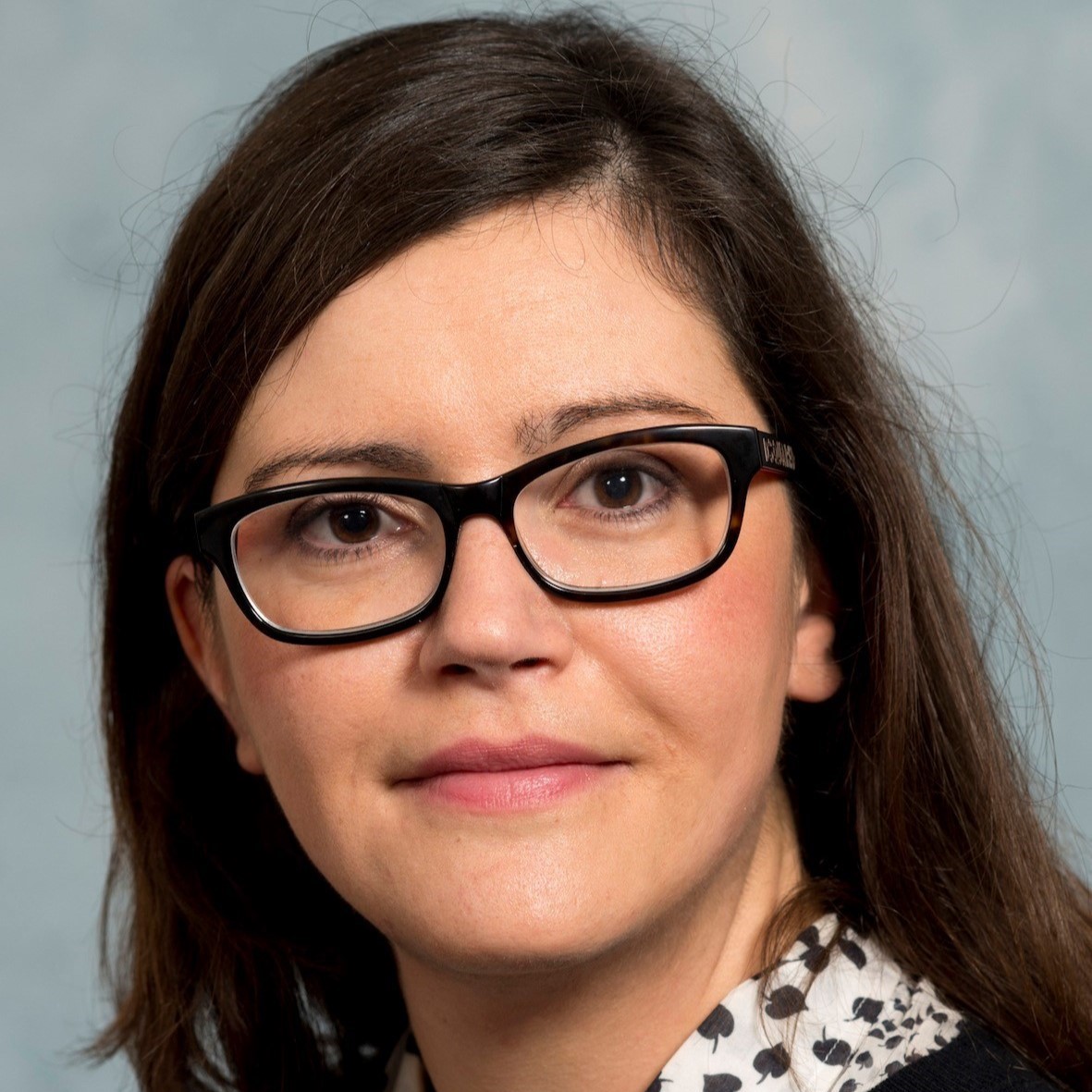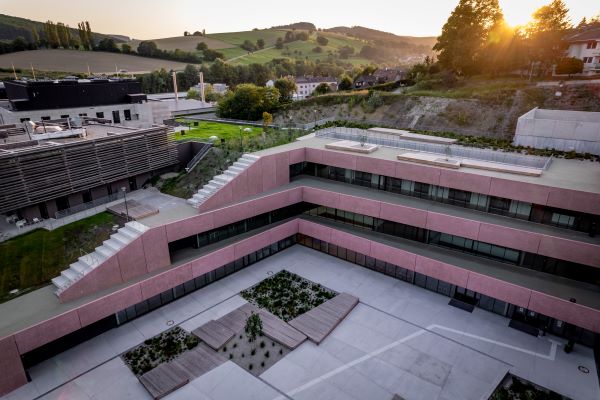
Kathrin Lang
ETH Zurich
Department of Chemistry and Applied Biosciences
Expanding the Genetic Code – New Tools for Biology
📅 April 24, 2025
🕒 11.00
📍 Moonstone Seminar Room G
Coffee, beverages & snacks are served 30 min before the talk in front of the seminar room
Nature uses a limited set of twenty amino acids to synthesize proteins. In recent years it has become possible to site-specifically incorporate designer amino acids with tailored chemical properties into proteins in living cells by reprogramming the genetic code. Together with developments in designing chemical reactions that are applicable to and selective within living systems, these strategies have begun to have a direct impact on studying biological processes.
In this talk I will present our lab’s efforts to expand the genetic code and to endow proteins with novel chemical moieties within their physiological environment. By site-specifically incorporating artificial designer amino acids into proteins, we have developed tools to image and probe proteins,[1,2] to study protein-protein interactions and stabilize low-affinity protein complexes[3-6], to investigate posttranslational modifications[7] and to re-engineer and manipulate molecular networks and biological pathways such as ubiquitylation and SUMOylation in living cells.[8-11]
We envision that these approaches and technologies will enable the study of biological processes that are difficult or impossible to address by more classical methods.
1] K. Lang et al.; Chem. Rev. 2014, 114, 4764.
[2] S.V. Mayer et al.; Angew. Chem. Int. Ed. 2019, 58, 15876.
[3] M. Cigler et al.; Angew. Chem. Int. Ed. 2017, 56, 15737.
[4] T.A. Nguyen et al.; Angew. Chem. Int. Ed. 2018, 57, 14350.
[5] T.A. Nguyen et al.; Angew. Chem. Int. Ed. 2022, 61, e20211108.
[6] J. Du et al., Nat. Commun. 2021, 12, 460
[7] M. Weyh, M.J. Jokisch et al., Nat. Chem. 2024, 16, 913.
[8] M. Fottner et al.; Nat. Chem. Biol. 2019, 15, 276.
[9] M. Fottner et al.; Nat. Commun. 2021, 12, 6515.
[10] M. Fottner et al.; J. Am. Chem. Soc. 2022, 144, 13118.
[11] V. Wanka et al.; Chem. Rev. 2024, 124, 11544.
Prof. Dr. Kathrin Lang studied Chemistry at the University of Innsbruck, Austria where she obtained a PhD in 2008, working on chemically modified RNA to investigate riboswitch folding and ribosome catalysis. In 2009 she moved to Cambridge, UK, where she was first a postdoctoral researcher in the group of Venki Ramakrishnan (Nobel prize winner in Chemistry in 2009) working on ribosome crystallography and then in the lab of Jason Chin doing research in chemical and synthetic biology at the MRC-LMB in Cambridge, UK. In 2014 she was appointed as Rudolf Mössbauer Tenure Track Professor at the Technical University of Munich, Germany, where she was tenured and promoted to Associate Professor in 2020. Since 2021 she is Full Professor of Chemical Biology at the ETH Zürich, Switzerland and since 2024 she heads the Institute of Organic Chemistry at ETH Zürich. She serves as Senior Editor for ACS Accounts of Chemical Research. Her general research interests lie in the interdisciplinary area between Chemistry and Biology, applying concepts from Organic Chemistry to develop new tools to study and control biological systems. She has won numerous awards, including an ERC Consolidator grant, the FEBS anniversary award of the Federation of European Biochemical Sciences and the Miklós Bodanszky Award of the European Peptide Society.
Chemistry Colloquia are open to all and usually take place on Thursdays at 11:00 am (typically twice a month).
PhD students and postdocs are especially encouraged to attend!
Find instructions on how to get to the ISTA campus here.

